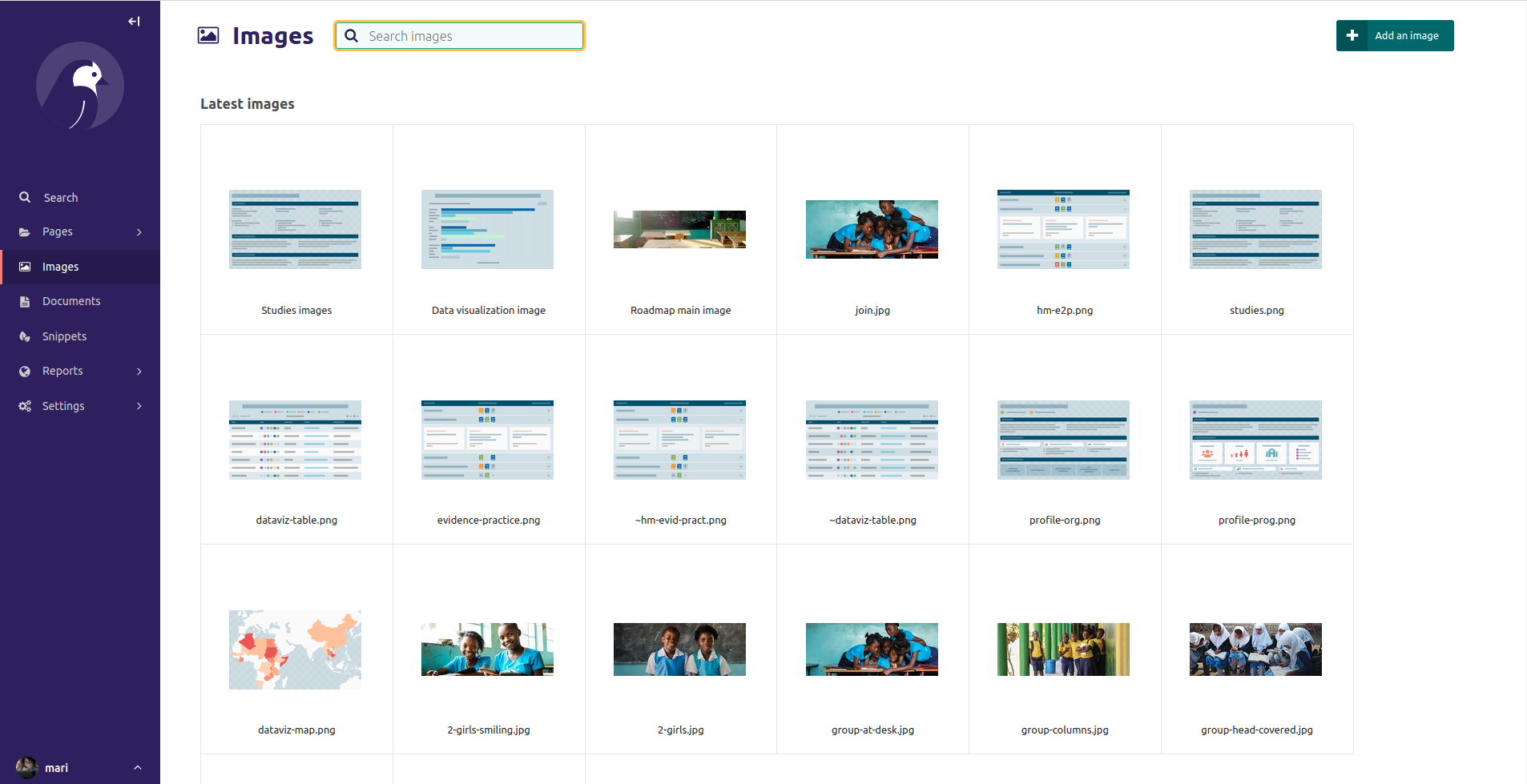
Evaluating a content management system (CMS) recently delivered to you can be challenging if you aren’t used to working in a CMS regularly. A solution can look good on the surface but be less than functional when you go to use it.
Creating an enterprise content management solution is a major initiative that requires substantial time and resources. Now that you have the keys to your brand new CMS in hand, how can you tell if you’ve truly bought the large-scale digital publishing vehicle you wanted or if you’re sitting behind the wheel of a lemon, just waiting for the shocks to go out?
Before you sign off on your new CMS, here are five things to check for under the hood of your user experience. If any of the following don’t feel quite right, the time to flag those suspicions is now rather than three, six, or twelve months down the road when things really begin to break.
5 Ways to Evaluate the Features & Functionality of Your New CMS
Can your CMS easily handle multiple content types?
Flexibility is a key sign of a healthy system. You likely pursued a new CMS because your legacy system was rigid and overly restrictive, especially when handling multiple content types. Does your new CMS have flexible standards that will allow you to adapt your system to changing publication requirements without costly and time-consuming development work?
Your new CMS should let you store content in any type of file or format and process it automatically. Even if your site today primarily publishes “pages” and “posts,” eventually, you will want to add other content types. If your new CMS is too tailored toward a specific content type and you can’t easily see how the UI would stretch to handle more, you’ll likely hit an issue as you grow.
Does your CMS prioritize media assets with ease?
How easily does your CMS manage non-text-based content? Your new CMS should have a digital asset management component making it easy to back up, download, organize, preview, cache, search, and share media assets easily without relying on multiple plugins.

A well-made CMS will prioritize a user-friendly system for managing media assets beyond just uploading and naming those assets. Consider how your CMS handles photos, videos, SVGs, and other non-text-based assets when injecting those elements into the rest of your site’s content. Can you add media assets to your CMS editor interface and confidently know they will render correctly? Does your new CMS integrate media asset editing right into its platform?
Is Your CMS Easy to Navigate?
Your CMS holds a sea of content—documents, data, videos, marketing copy, images, and whatever else you’ve been continually amassing. Multiple roles within your organization need to be able to quickly track down the content they seek within that vast ocean. A thoughtfully-designed CMS makes it easy to find and edit assets for data or content-rich websites that may have deeply nested information hierarchies.
Does your new CMS have clearly defined object relationships? (e.g., you can see all blog posts labeled as “Pro Tips” when viewing the “Pro Tips” category). Does your CMS leverage relevant, fast, user-friendly search functionality? Do design elements like drill-down navigation help create a consistent and focused search experience that eliminates cognitive overload? Are customizable dashboards or landing pages available to help users custom-tailor their CMS experience with the objects they care about most? (e.g., shortcut methods)
Is Your Visual Editing Experience Consistent and Pleasant?
Your new CMS should offer the best editing experience to its everyday users: content creators. More specifically, content creators without strong coding abilities. Visual editing is the best experience for such users, like Django CMS or Storyblok provides. But, buyer beware, not all CMS visual editors are created equally.

When editing content or data within the visual editor of your CMS, do you see the results you expect after hitting “Publish”? If your layouts render in a radically different way, or relationships between objects unexpectedly break between the backend visual editor of your CMS and the front end of your website, then you’ve got a problem. Nothing causes content creators to lose trust in a CMS more quickly than always being anxious that what they see in the editor is not what they’ll get when pushing content live.
If your CMS was built with care, your developer may have provided a few guardrails to keep this from happening. Does your CMS have drafting and preview functionality built into its publication process? Are sensibly structured forms with proper help text, error handling, and validation available? Are your CMS editing capabilities flexible or tailored specifically to content types? (e.g. editing a blog post may only provide a few options of editing blocks: text, images, video; whereas editing a landing page would provide many more editing blocks: head banner, footer, text, images, video, form, checkout flow, etc.)
Does Your New CMS Deliver On Its Promises?
Every business has different needs. Long before your new CMS was built, your team likely made a list of the “must have” features and functionality you wanted to see in your new content management system. Ranging from core functionality to security to scalability, you listed the requirements of a CMS designed to support your business today and in the future. Carefully consider this list in light of the new CMS delivered to you. Does the CMS you received support all the requirements agreed to at the beginning of the project?
Understanding Your CMS Success Baseline
It’s easy to get caught up in the hype of all the CMS features that tech vendors love to wow their prospects with. And, as with any enterprise project, the considerations and complexities you’ve encountered throughout the design and development of your new CMS have been many. However, taking additional time to evaluate your new CMS to ensure it meets your team’s baseline requirements before you sign off on it will save you headaches and hassle down the road.


